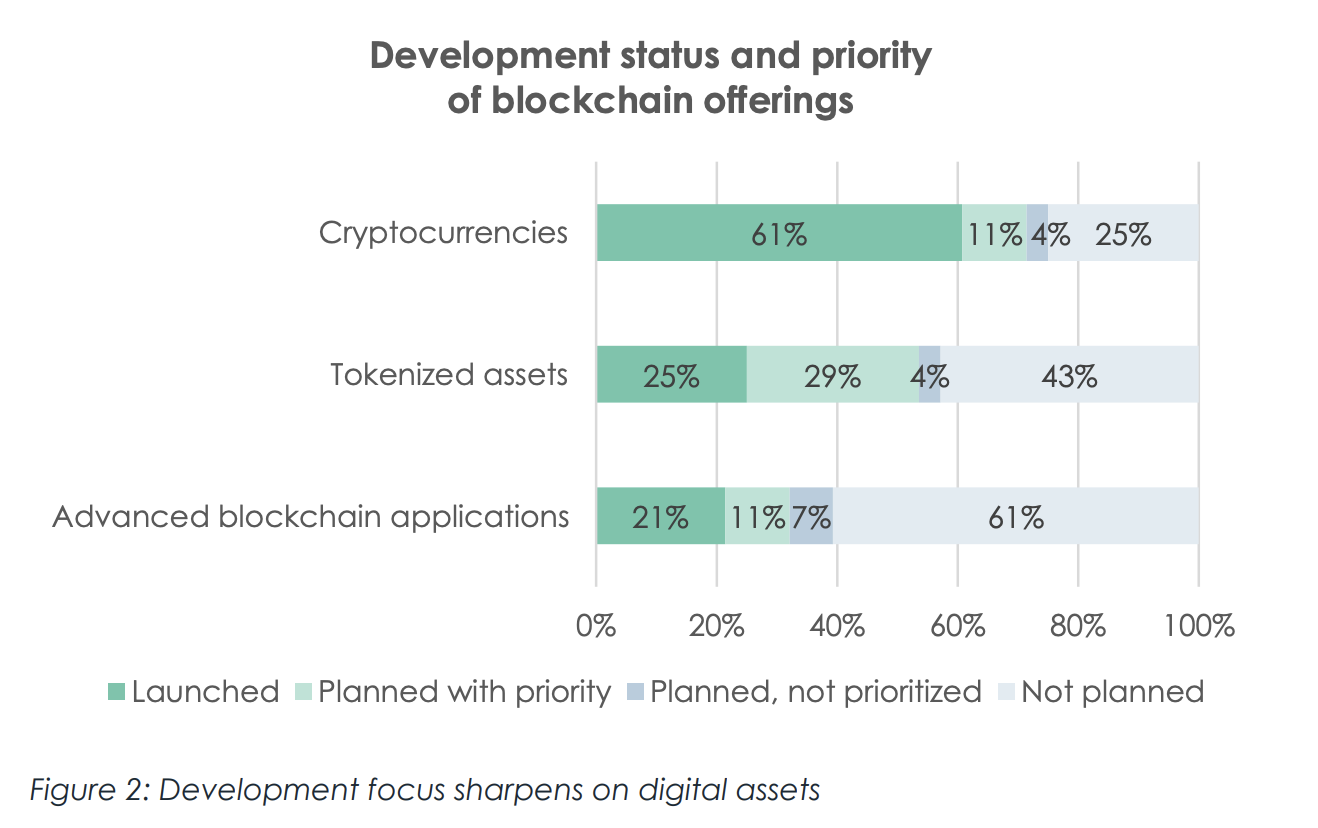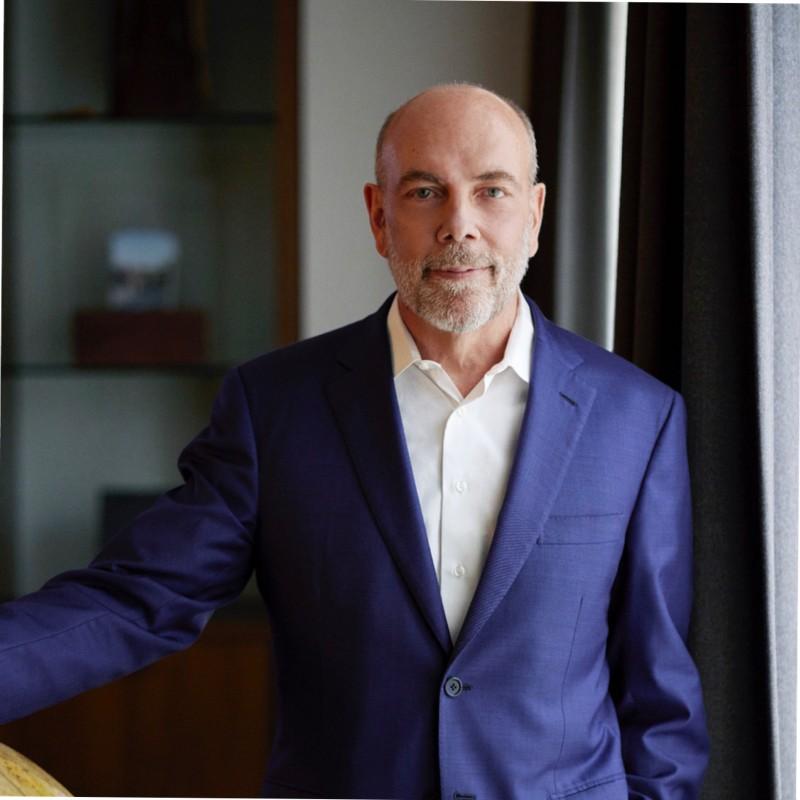People do not just disagree on what should and will happen, but they disagree on what has happened. As William Faulkner instructed: “The past is not dead. Actually, it’s not even past. This is clear in the narratives about the sharp drop in equity markets.
It seems that the most common explanation places the onus on the Federal Reserve. Fed Chair Powell’s was seemingly hawkishness in early October (during a time when the Fed has just voted to hike rates, and the median Fed forecast confirmed its intention to lift rates three more times in 2019). He noted that monetary policy was still accommodative, despite the gradual hikes, and there was still some a long way to go to neutrality. Although there have been some explanation and softening of the words, according to this line of reasoning, the Fed repeated its error a week before Christmas by raise rates and signaling two (rather than three) more rate hikes were likely in 2019.
This narrative is too narrow. There are other important drivers that suggest a dramatically different explanation of what is happening. The US stock market rally through the September 21 peak was built on a narrow foundation, led by a handful of technology companies. Some disappointing earnings and guidance saw apparently saw some levered players start to de-lever. A few of the leading multi-strategy funds had dismal performances in November, leaving to further deleveraging.
Rising oil prices, which were part of the big macro play, reversed dramatically in early October. The Trump Administration’s decision to grant six-month exemptions from the embargo against Iran to some of its largest customers. This radically changed supply calculations. Many of the US market-based inflation expectation measures seem to be driven to a large extent by the swings in the oil market. The precipitous decline in oil prices may have prompted sovereign wealth funds from the Middle East to sell equities, as they appeared to in Q1 2016 to fill budget shortfalls. Several large commodity funds were adversely impacted, which seemed to contribute to the downward spiral liquidity and participation.
The threat of protectionism and trade wars increased in saliency for investors throughout 2018, and yet most narratives of recent events leave out the December 3 self-reference by the US President as “Tariff Man.” In fact, on December 3, the S&P gapped higher to test the upper end of a month-and-a-half range, and that was it. Over the following 14 sessions, through Christmas Eve the S&P 500 fell 16%.
The main narrative wants us to believe that Powell’s mistake boosts the chances of a recession. Former Treasury Secretary Summers suggested that before December’s hike, the odds of a recession were a little less than 50% and now he puts them closer to 60%. At the same time, the equity market recovery over the past two sessions is supposed to be linked to the fact that the President won’t (couldn’t?) fire Powell. Surely the US economy is not so fragile, and our metrics not so precise as a 25 bp hike would push the US into a recession.
The US economy appears to be tracking between 2.4%-2.7%, according to the GDP models of the NY and Atlanta Fed respectively, as of a week ago. The news since has been mixed, but one thing that stands out is that the consumer seems unflappable. According to Mastercard, holiday retail sales rose 5.1% year-over-year, the best in six years. The shutdown of parts of the Federal government is likely to shave growth. In the 1995-1996 shutdown (27 days in all), GDP was shaved by around 0.4%. In 2013, the partial government closure (16 days) may have cost 0.1% of GDP, according to estimates.
Congress controls the purse strings. It is powerful. Some suggest, for example, that the Vietnam War had to end when Congress stopped funding it. The Republican Congress that had been critical of Obama’s fiscal policy could not provide tax cuts and spending increases fast enough. This helped give the US economy, already in the latter parts of business expansion that was historically long-in-the-tooth, a bit of a goose that allowed the Trump Administration to pursue a highly disruptive agenda, including an aggressive trade stance.
Coming out of the Great Financial Crisis, the Fed was on a path toward normalization of monetary policy. The sequence called for an end to the asset purchases. Then after a “considerable period” rates would gradually increase. After some time, the balance sheet would be reduced by ceasing to reinvest all of the proceeds of the maturing Treasury and Agency bonds. The strategy was set before Trump was elected and has continued, unabated. There has been great continuity from Bernanke to Yellen to Powell. By maintaining this course, the Fed did not monetize the Administration’s fiscal or trade policy. To the contrary, the above trend growth may have boosted the Fed’s confidence to lift rates as it has done.
The flattening of the yield curve is widely cited as a warning of an impending recession. However, there are two sets of mitigating factors. First, how can there be a discussion of the yield of the benchmark US 10-year yield without some discussion of the negative interest rates in Europe and Japan? Second is the role of US debt managers who are choosing to concentrate the issuance at the short-end of the curve.
If President Trump’s criticism of the central bank happened in nearly any other country, investors would exact a steep price. Yields would rise. Currency would sell off. This is what happened in several emerging market countries this year. In the US bonds have rallied, and the dollar remains firm.
What has changed over the past couple of days? The January 2000 Fed funds futures contract implies a yield of 2.39%. The current effective average is 2.40%. Further afield, the market is pricing in a rate cut in 2020. Signals from Washington have changed. The President is no longer, we are told, thinks he has the power to fire Powell. Treasury Secretary Mnuchin’s publicized talks with banks (about liquidity) and regulators (about market functioning) may have not been handled well and but reports of his possible dismissal has also been played down. On trade, the US will reportedly send a delegation, apparently coming mostly from Treasury to China in January.
Going forward, there will be a press conference after every FOMC meeting. In this sense, every meeting is live. However, after the Fed hiked rates in December, its once a quarter paces seen in 2018 which has long been signaled to slow in 2019, means that no change in policy was expected until March in any event. There is plenty of time for the Fed to monitor developments in both the economy and financial markets before action becomes urgent. Markets generate a signal, but it is often embedded in a great deal of noise. And it seems doubly true now. The volatility here at year-end is unlikely to be sustained, but without more encouraging signals from Washington, the markets will likely remain treacherous in the New Year.
Full story here Are you the author? Previous post See more for Next postTags: Federal Reserve,newsletter,SPX,Trade
























